In today’s hyper-connected world, it’s easy to feel like we’re constantly online. We check our emails while commuting, scroll through social media during lunch breaks, and fall asleep with our phones beside us. But this relentless digital engagement raises a fundamental question: Are we truly digitally free, or are we just always online?
1. The Paradox of Digital Freedom
The idea of being “digitally free” often implies liberation—freedom to communicate, learn, and work from anywhere. It’s the utopian vision of a world where technology is a tool that empowers us rather than something that shackles us. Yet, the reality is often far from this ideal. We live in an era where digital devices dominate our lives, but paradoxically, many of us feel a constant pressure to be available at all times.
Our smartphones, while amazing tools for productivity and entertainment, have evolved into digital leashes, keeping us tethered to an endless stream of notifications, messages, and updates. The concept of “digital freedom” has become increasingly elusive as we struggle to balance connectivity with the need for personal space and autonomy.
2. The Rise of the Always-On Culture
The term “always-on” refers to the state of being perpetually connected to the internet or digital networks. This state of constant availability has become the norm in both personal and professional spheres. Work emails flood our inboxes 24/7, social media platforms keep us endlessly scrolling, and even entertainment is now just a click away.
But what happens when we’re always “on”? The boundaries between work and life blur, and moments of true relaxation become harder to come by. We might technically have the ability to disconnect at any time, but the fear of missing out (FOMO) and the pressure to be constantly engaged often prevent us from doing so.

In this always-on culture, digital devices have transitioned from being tools for productivity to instruments of obligation. We may feel digitally free when we’re using our phones to catch up on news, connect with friends, or watch a quick video, but it’s important to ask: Are we really choosing to engage, or are we being conditioned to stay connected?
3. The Psychology Behind Constant Connectivity
Psychologically speaking, our need for constant connection can be attributed to the way our brains are wired. The release of dopamine—our brain’s “feel-good” neurotransmitter—occurs whenever we receive a new notification or update. This is why checking your phone can become so addictive. Each new ping provides a small, immediate reward, and over time, this can reinforce a habit of compulsively checking for updates.
Social media platforms, in particular, are designed to maximize engagement by exploiting our psychological vulnerabilities. Features like infinite scrolling, notifications, and the pursuit of likes and shares all work together to keep us glued to our screens. The digital world, while offering numerous benefits, is also an environment where attention is currency, and companies and platforms compete for our focus.
4. The Impact on Mental Health
While digital tools have revolutionized our lives in many ways, they have also brought about new challenges, particularly in the realm of mental health. Research shows that excessive use of digital technologies, particularly social media, can lead to feelings of anxiety, depression, and loneliness. The pressure to maintain an online persona, the constant comparison to others, and the overwhelming influx of information can take a toll on our well-being.
The idea of “digital detox” has gained traction in recent years, as more people recognize the need to disconnect in order to recharge. Taking breaks from social media, setting limits on screen time, and scheduling tech-free days can all help restore a sense of balance. However, even these practices can feel like a temporary escape, as the pull of the digital world is always just a click away.
5. Digital Minimalism: A Path to True Freedom
One potential solution to the digital overload is the philosophy of “digital minimalism.” Coined by Cal Newport in his book Digital Minimalism: Choosing a Focused Life in a Noisy World, digital minimalism advocates for using technology intentionally and selectively. Rather than being constantly plugged in, digital minimalists focus on the tools and platforms that truly add value to their lives, while consciously eliminating distractions.
Digital minimalism is about reclaiming control over our relationship with technology. It’s about choosing how and when to engage with the digital world, rather than letting it dictate the terms. This approach encourages users to focus on what truly matters—whether that’s spending time with loved ones, pursuing meaningful work, or enjoying quiet moments of solitude.
6. Embracing Digital Freedom Through Mindful Connectivity

Achieving digital freedom doesn’t mean rejecting technology altogether. Rather, it’s about embracing mindful connectivity. Mindfulness involves being present in the moment, and this concept can be applied to how we use technology. By being intentional with our digital interactions, we can avoid falling into the trap of mindless scrolling or excessive screen time.
Mindful connectivity involves:
- Setting boundaries: Create designated times for checking emails or social media, and avoid looking at your devices during meals or before bed.
- Prioritizing face-to-face interactions: While digital communication is convenient, it’s no substitute for in-person connection. Make time for real-world relationships.
- Taking breaks: Regularly unplugging from digital devices helps restore balance and reduces the mental fatigue associated with constant connectivity.
Mindful connectivity isn’t about rejecting the digital world; it’s about engaging with it in a way that enhances our lives rather than diminishes our well-being.
7. The Future of Digital Freedom
As we look toward the future, the concept of digital freedom will continue to evolve. With advancements in artificial intelligence, virtual reality, and the expansion of the Internet of Things (IoT), we are entering a new era of connectivity that will likely bring both new opportunities and new challenges.
For example, AI-powered tools are already reshaping the way we work, learn, and interact. While these technologies hold immense potential for improving efficiency and personalizing experiences, they also raise questions about privacy, data security, and the erosion of personal boundaries. As our devices become even more integrated into our lives, the line between the digital world and the physical world will continue to blur.
In this context, digital freedom will likely mean more than just the ability to disconnect. It will involve navigating an increasingly complex digital landscape in a way that allows us to maintain our autonomy and well-being.
8. Conclusion: Striking the Right Balance
The question of whether we are digitally free or just always online doesn’t have a simple answer. The truth is that technology, when used mindfully, can offer immense benefits. However, unchecked digital engagement can lead to burnout, anxiety, and a loss of personal agency.
To truly experience digital freedom, we must be intentional about how we use technology. It’s not about completely unplugging from the digital world but rather creating a balanced relationship with it—one that allows us to enjoy its benefits without succumbing to its demands.
The future of digital freedom lies in our ability to take control of our digital lives and navigate the online world with mindfulness, purpose, and a sense of autonomy. By embracing digital minimalism, setting boundaries, and prioritizing meaningful connections, we can achieve a healthier, more balanced relationship with technology.




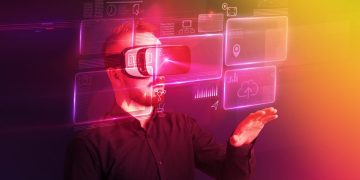
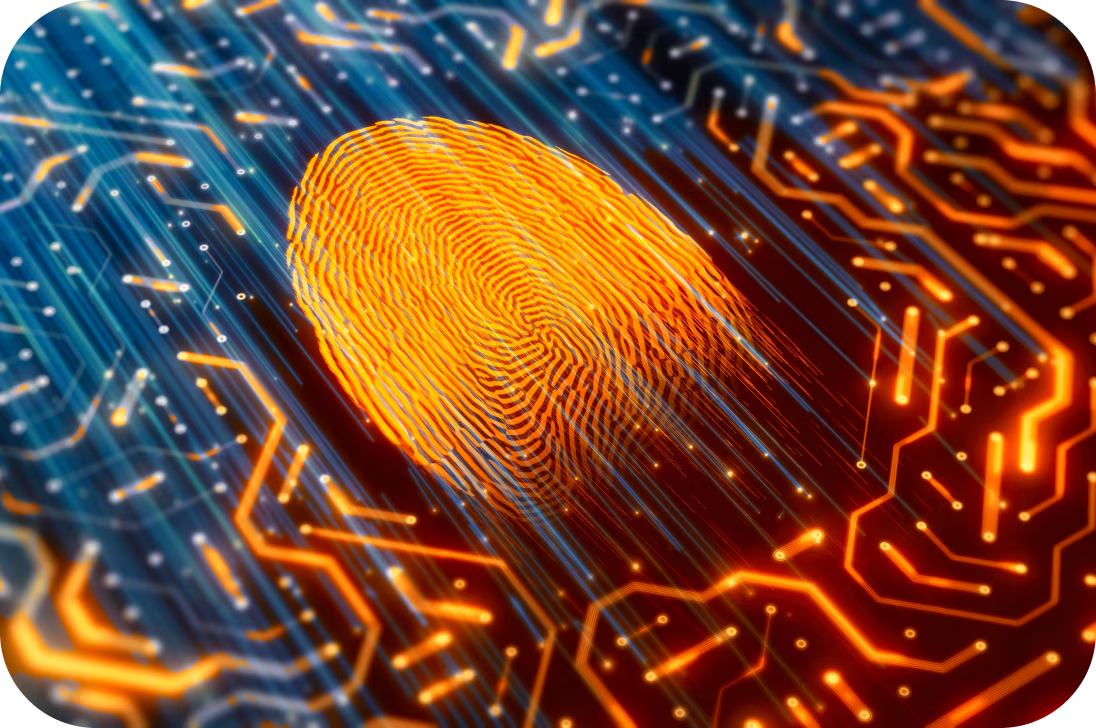
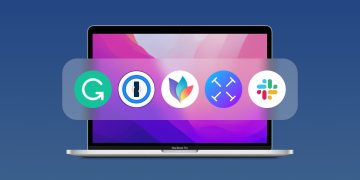





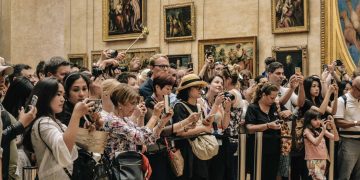




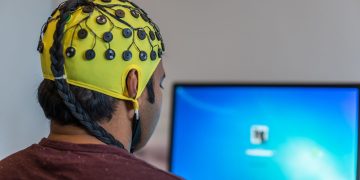











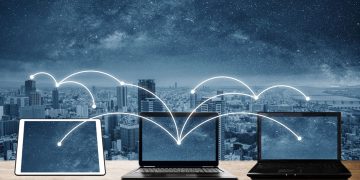



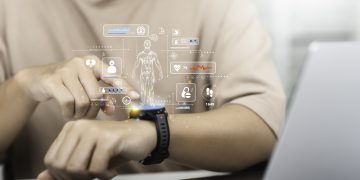
















Discussion about this post